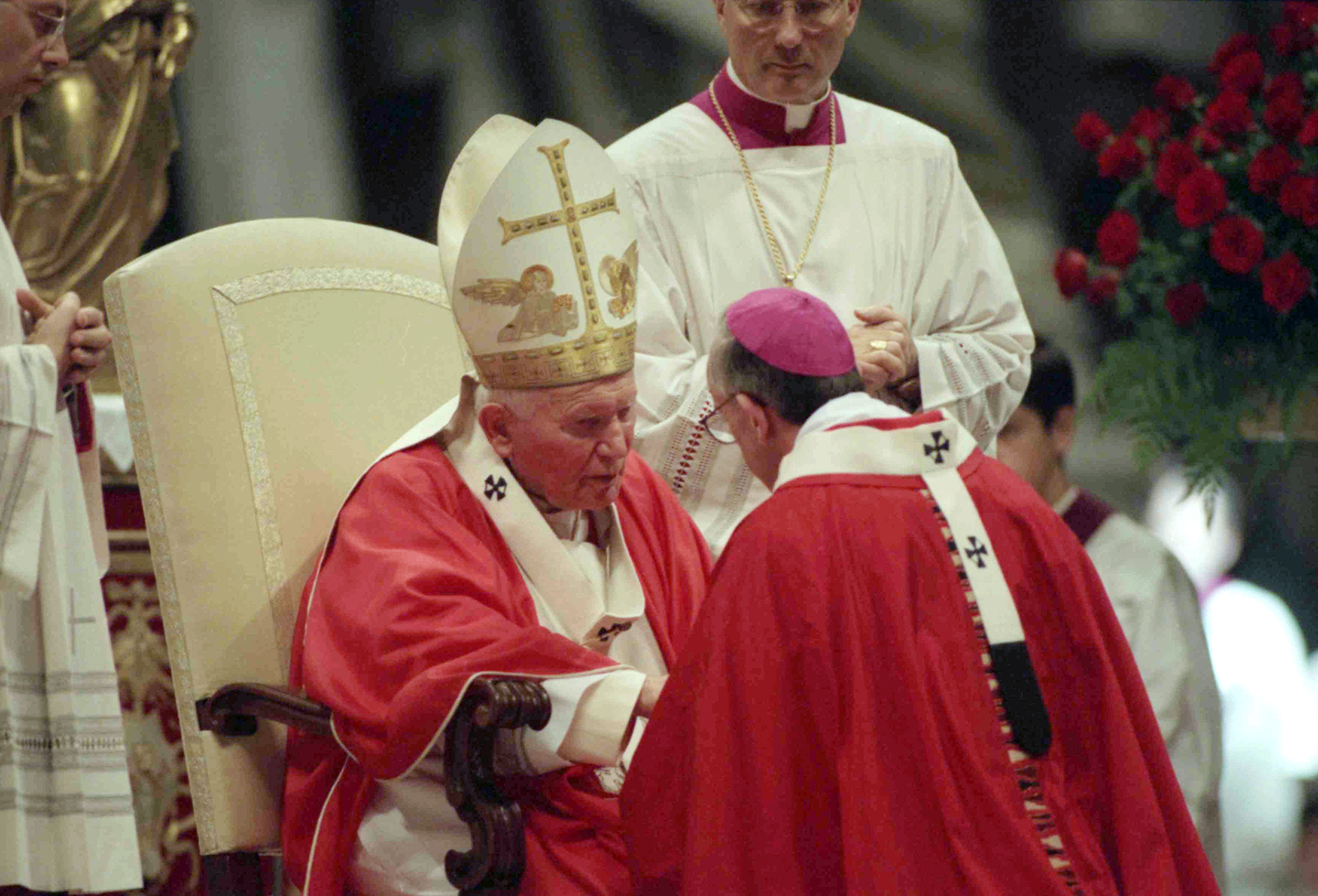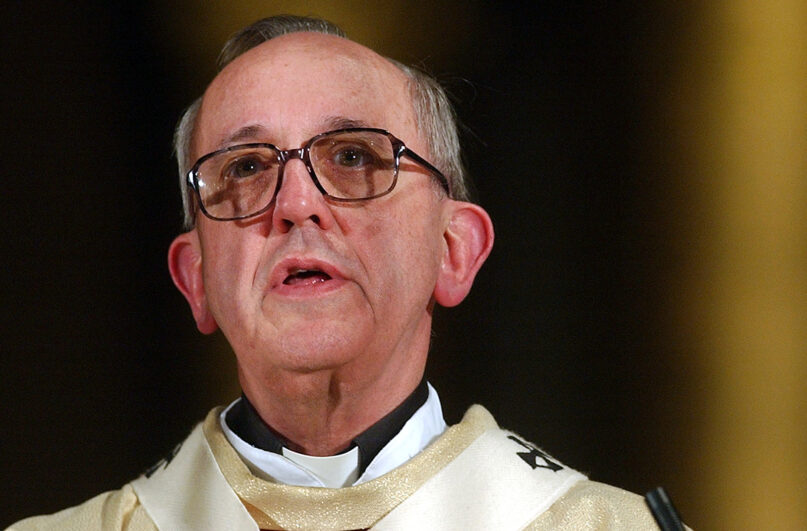(RNS) — I recently gave a close friend a bit of dating advice, “When someone reveals who they are to you, believe them.” Something similar, it turns out, is true of how we should think about cardinals who become popes.
I was reminded of this recently when the Vatican released a lovely tribute to Pope Francis on the 20th anniversary of his becoming the Cardinal-Archbishop of Buenos Aires, on February 21, 2001. As with his predecessors, one can clearly see the pope he would become in the Argentine priest many years before his election.
Change is certainly possible — Francis is apparently smiling way more than he did as Cardinal Jorge Bergoglio, and Benedict XVI became much more of a pastor as pope than the doctrinal watchdog Cardinal Josef Ratzinger — but it’s fair to say popes generally stay true to the foundational principles and ideas that guided them throughout their pre-papal lives.
RELATED: Pope Francis accepts resignation of conservative African cardinal
Even St. John XXIII, the so-called “pope of surprises” (see: Vatican Council II), was faithful to the concerns that had dominated his life to that point: skepticism of war, social justice and the working classes, and relationships with the eastern churches.
The views of Cardinal Wojtyła of Krakow, for instance, were obviously transferred to the person of St. John Paul II. His fierce resistance to the scourge of Communist rule, his profound respect for Christian and non-Christian faiths outside of the Roman Catholic Church, his insistence on the meaning of the form and function of the human body for the moral life and his consistent pro-life ethic (across all issues: from abortion to, eventually, capital punishment) were all developed well before he became pope — even his love of travel.
Fittingly, in the consistorial address that created Cardinal Bergoglio, John Paul II said, “The world is becoming ever more complex and changeable, and the acute awareness of the existing discrepancies creates or increases contradictions and imbalances.”
It was into that complex and changeable world that Cardinal Bergoglio would speak of the Church as “a field hospital” and a “poor Church for the poor.”

Pope John Paul II greets the archbishop of Buenos Aires, Archbishop Jorge Mario Bergoglio, at the Vatican on June 29, 1998. (AP Photo/Sambucetti)
What’s more, we can see the pope in the man who was ordained a priest (just days before turning 33 years old). The Rev. Bergoglio was focused on “the path of mercy, open doors, and compassion” — ideas that have obviously been a central part of his pontificate as well.
Indeed, fundamental desire to show mercy undergirds the Holy Father’s image of Catholicism as a “poor Church” centered on the poor in need of physical and spiritual healing. Significantly, when he became Pope Francis, he kept the motto of the coat of arms chosen for his episcopal consecration: “miserando atque eligendo”—which means “by having mercy and by choosing,” from a homily by St. Bede.
As the author of a book inspired by Pope Francis’ critique of throwaway culture, I was interested to see that Cardinal Bergoglio had been using this concept as far back as 2003. During his celebration of the Te Deum — said traditionally during morning prayer — he stressed that we are called to reject what he would define on several occasions as a “culture of waste.”
Significantly, he was already applying his vision here to throwaway populations. Indeed, he said that “every day we all face the choice of being good Samaritans or indifferent travelers who pass by.” I was stunned to learn that Francis himself was seeing the very same connection I had seen.
Back in 2008, Cardinal Bergoglio was reflecting on the theme of popular religiosity and “stressed that ‘a culture of death’ is advancing.”
In invoking the phrase made popular by the pope at the time, John Paul II, Bergoglio was not only interested in protecting and supporting prenatal children and the old, sick and disabled. He was also concerned with “the increase in poverty and the concentration of wealth in the hands of the few,” along with “environmental pollution.”
Anyone even remotely familiar with Francis’ pro-life vision should be able to see the foundation here, particularly as it appeared in his triumphant encyclical, Laudato Si’.
Finally, if John Paul II changed the papacy with his worldwide travel well beyond any other pope before him, Francis changed the church by insisting, as one of his central themes as pope, that we Catholics come out of ourselves and go out to the peripheries to preach and live the gospel.
RELATED: Nun named to voting position at Vatican praises ‘brave’ pope
Fittingly, just before leaving for the 2013 conclave that would elect him pope, Cardinal Bergoglio put together a homily he fully expected to give back home in Argentina for the Chrism Mass on March 28.
That homily was revolved around — you guessed it — the theme of going out to the peripheries. For it is in doing this, his text read, “that we experience our anointing, the power of the Lord and His redemptive efficacy.”
The Holy Father was born on December 17, 1936. The church has been gifted the life of the Holy Father for 84 years. Catholics (and others) should pray fervently that we have him for another 20 years, but it is also likely that we will not. In thinking about who comes next to the Chair of St. Peter, we can be sure that candidates have already revealed, in large measure, the foundational values that will shape their papacy.





